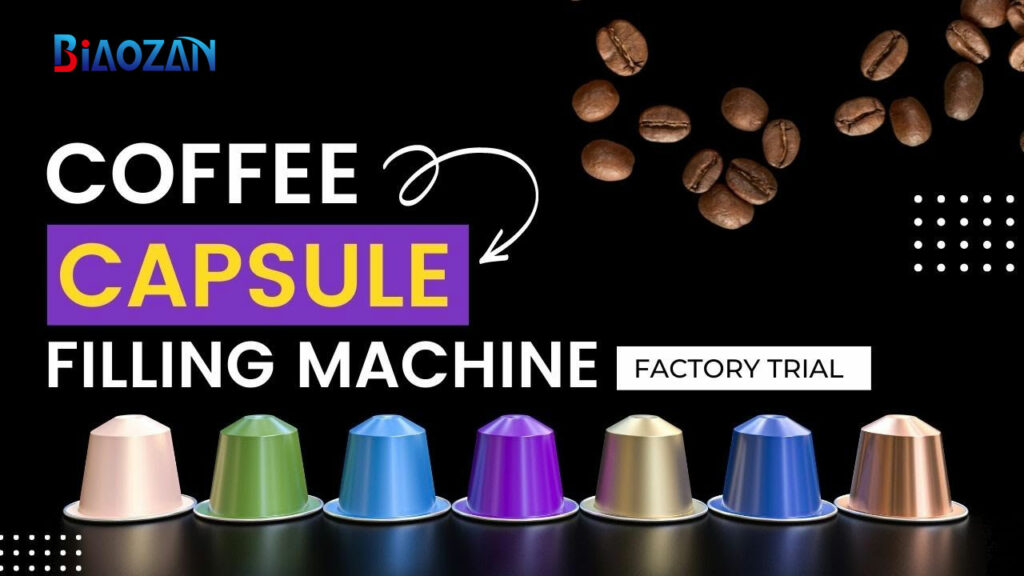Coffee pods and coffee capsules – are they the same or different?
This is a simple topic in the coffee world, but it sure is easy to get confused, isn’t it? Especially when the terms are used interchangeably. Well, we’re here to put an end to that confusion and explain exactly what the difference between coffee pods and coffee capsules is.
Coffee pods are round or flat packages made with paper that can fit in multiple machines, but they are fragile and don’t stay fresh long. Coffee capsules are plastic or aluminum containers that are vacuum sealed and more customizable for private label companies.
That’s not all there is to know about how pods and capsules are different. This article will explain the distinct differences between coffee capsules and coffee pods.
Isn’t a Coffee Pod the Same as a Coffee Capsule?
While these items are similar, there are differences between a coffee pod and a coffee capsule. Both options are single-serve and single-use containers for coffee machines like Keurig.
The primary difference is in how each is made, but there are plenty of smaller differences too. However, even these smaller differences can be impactful.
There are also certain differences in the coffee company’s individual choices that change how good a capsule or pod can be, such as whether they make soft pods or hard pods, or what variety of coffee blends they offer.
Here are the differences broken down for you to easily see:
Coffee Pods
- Coffee pods are round and sometimes flat, like teabags.
- Coffee pods (AKA coffee pads) are usually made with paper and topped with aluminum foil lids. One example would be Senseo’s products.
- Coffee pods have their own filter.
- Coffee pods can often be used with almost all machines that use a portafilter.
- Usually, hold 7g of coffee.
Coffee Capsules
- Coffee capsules are always oval and taller.
- Operate with machines that have a disk holder instead of a portafilter.
- Coffee capsules are either made of soft or hard plastic or aluminum, with a foil top.
- Coffee capsules are vacuum sealed to maintain freshness and keep out external contaminants, oxygen, and heat.
- Coffee capsules are generally made to fit one brand, most commonly Nespresso or Keurig.
- Coffee capsules were made to withstand pressurized coffee machines
- Usually holds 5-7g of coffee.
Pros and Cons of Coffee Pods
Coffee pods certainly have their pros and cons that are worth mentioning.
Pros:
- Coffee pods, being made of mostly paper, are more biodegradable.
- Coffee pads are usually compatible with multiple machines.
- There are both soft pods and hard pods.
- The soft pods are cheaper than capsules.
- Hard pods are still considered compostable.
Cons:
- Coffee pods require a slow drip-like system to brew properly or else their paper packaging disintegrates too quickly or causes the bag to burst.
- Soft pods are untamped? making watery coffee tastes
- Hard pods are exclusively espresso pods.
- They don’t seal as well.
- For private labels, coffee pods are limited by their sizes compared to capsules.
- Coffee pods aren’t stackable
Pros and Cons of Coffee Capsules
So that was coffee pods, but what about capsules? How are they a benefit?
Pros:
- Their seals preserve freshness much better and give a more consistent taste.
- The vacuum seal can even ensure the preservation of sweet notes, acidity, roast strength, and crema (depending on the manufacturer’s coffee).
- Aluminum capsules are recyclable.
- Capsules were designed for pressurized coffee machines.
- Capsules can be made to stack.
- There is more variety.
- They are more readily available.
- They are more customizable for your brand, including how big the capsules should be.
- They are watertight.
- They are more hygienic in production
Cons:
- Generally, a capsule will only fit one machine.
- The plastic capsules can’t be recycled and don’t decompose.
- Plastic capsules are often made with PVC.
- They are more expensive.

